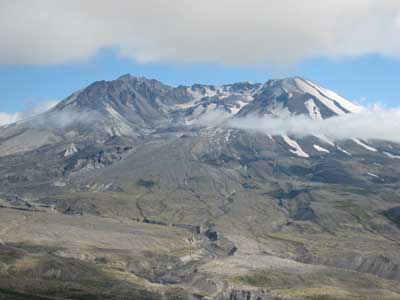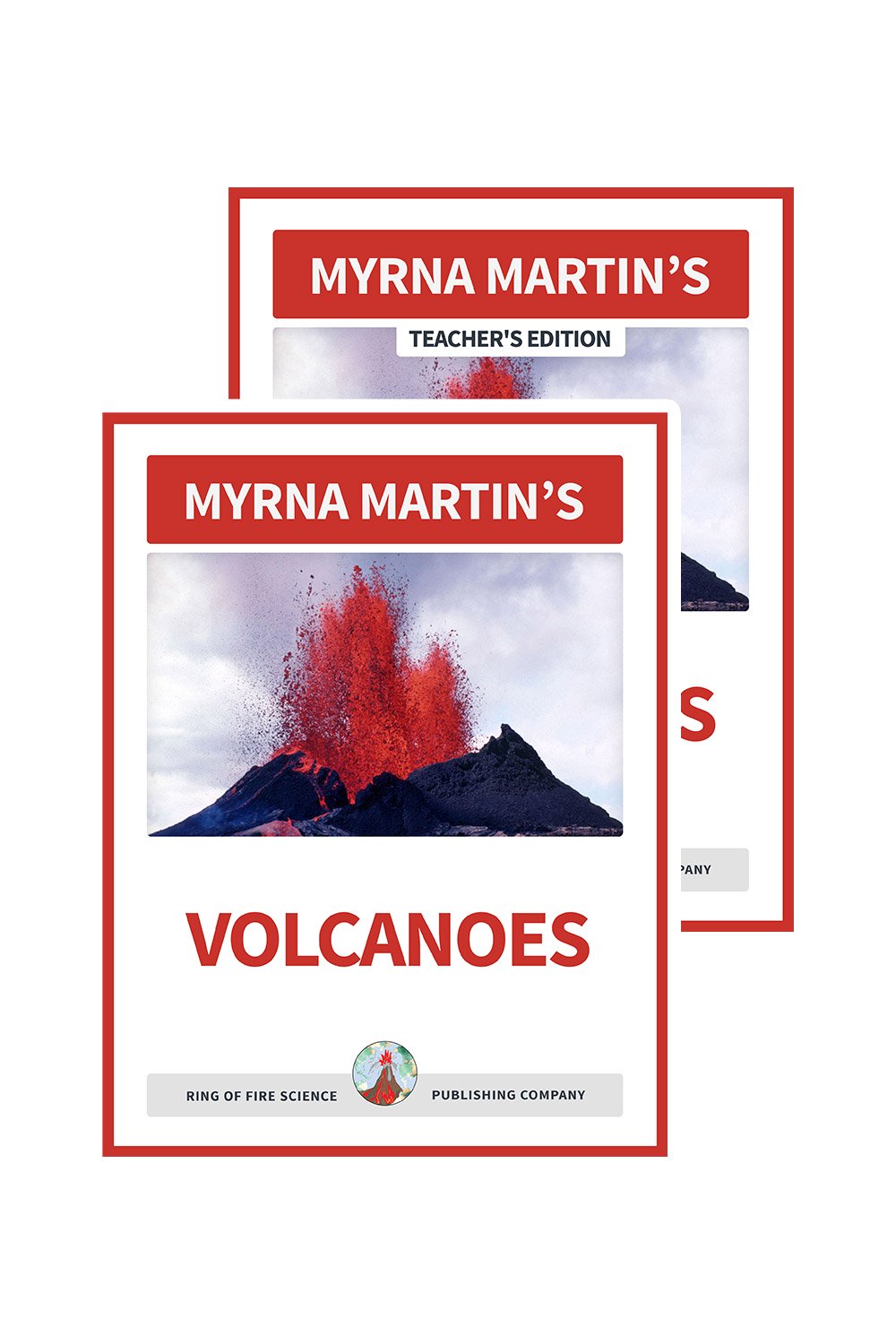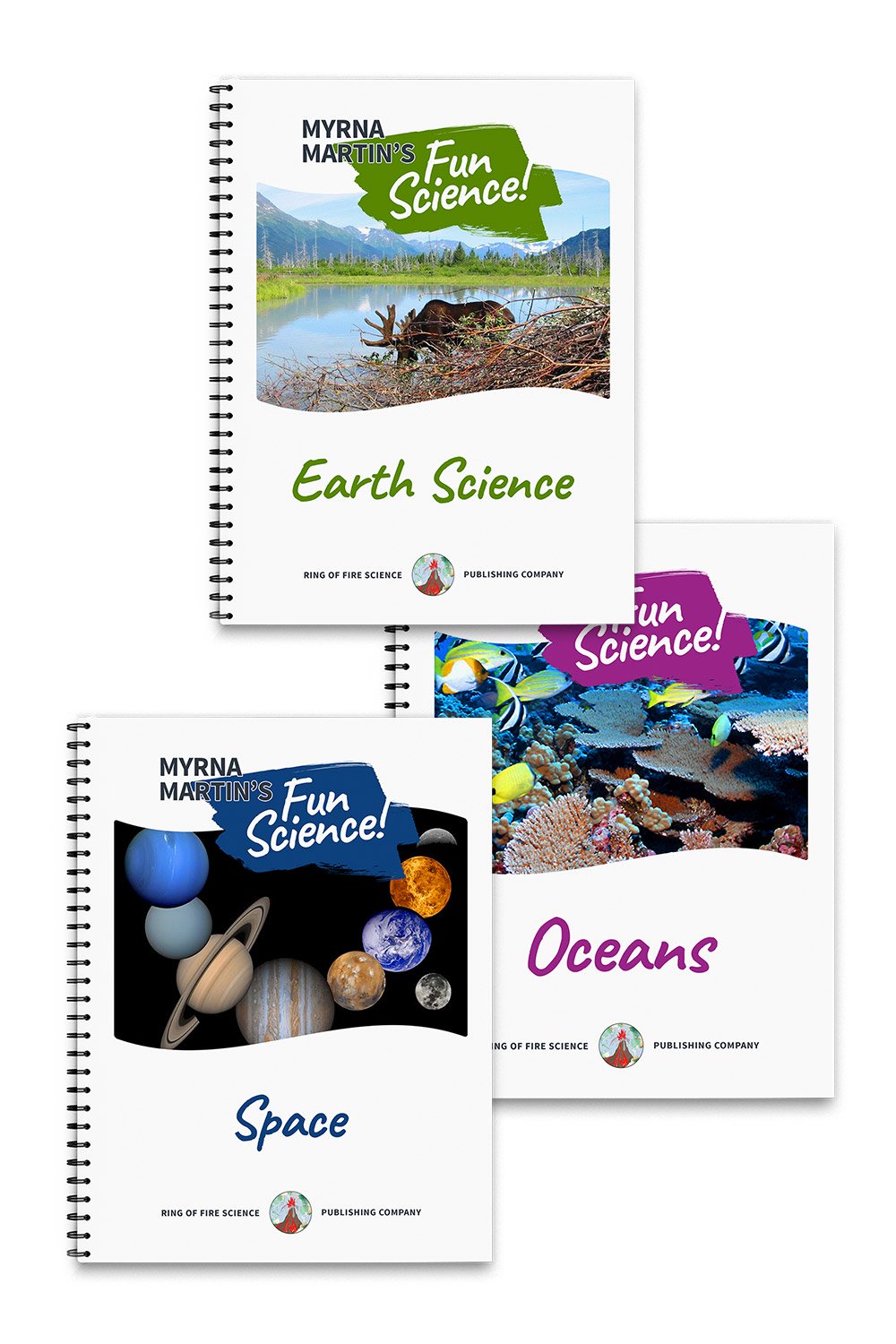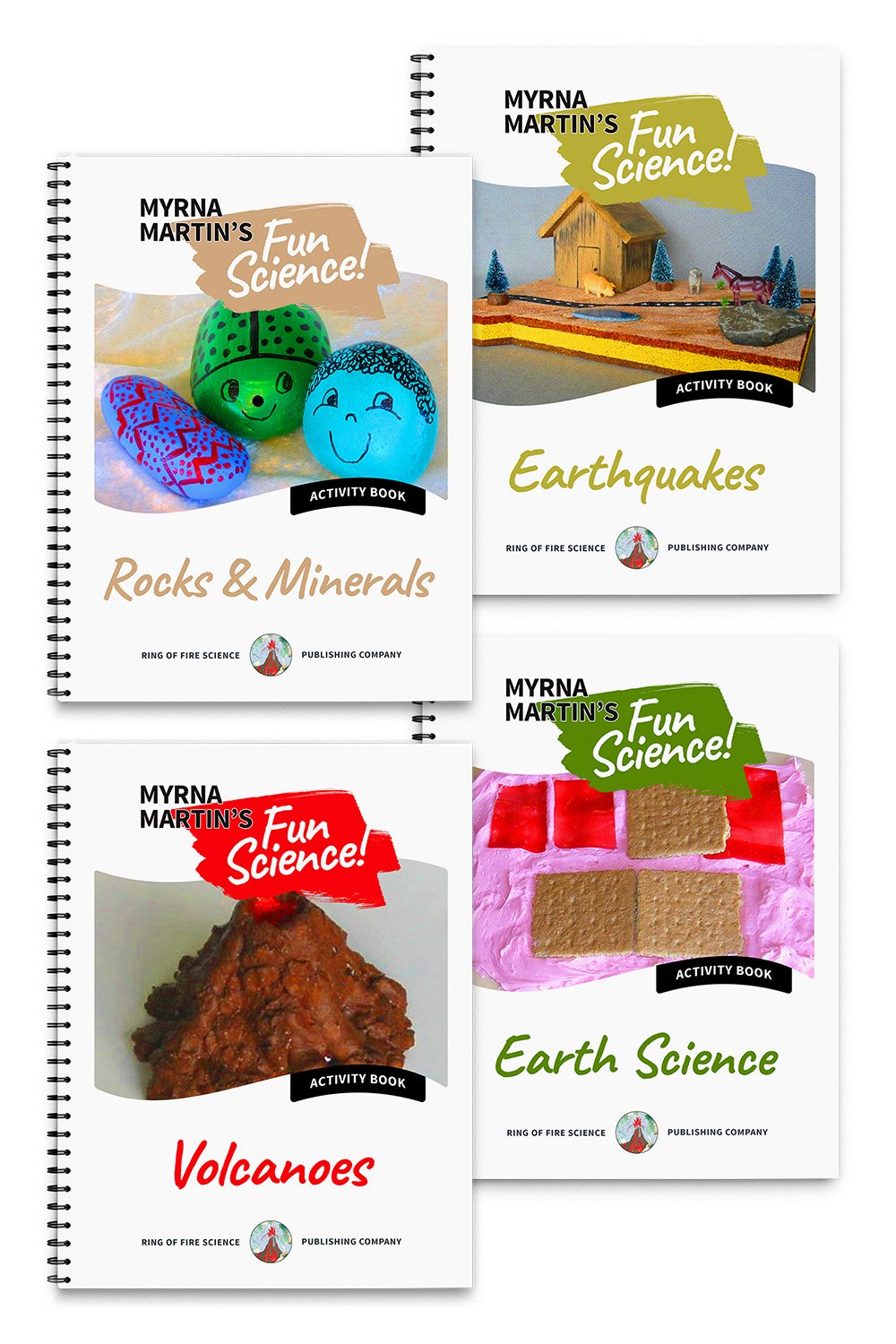Composite Volcano
Composite volcano facts
Composite volcanoes form in subduction zones when an oceanic plate subducts beneath a continental plate. The volcanoes often contain more than one type of lava. Andesite is the main type of lava that creates stratovolcanoes. Stratovolcano is another name for composite volcanoes. Andesite was named for the Andes Mountains in South America where it was first studied. The volcanoes form steep-sided towering volcanoes on the continental side of a subduction zone.
Explosive volcanic eruptions
Stratovolcanoes are often dormant for hundreds of years between eruptions. The magma (molten rock underground) increases in size as the melting oceanic plate subducts beneath the volcano. Finally there is enough gases expanding in the magma to cause a massive eruption. The picture above shows Mount Saint Helens over 30 years after explosive volcanic eruptions devastated the volcano on May 18, 1980. The largest landslide ever recorded created the caldera with the dome volcano now growing inside. The explosive volcanic eruption sent pyroclastic flows down the side of sides of the volcano destroying everything in their way including entire old growth forests. The Johnson Visitor Center overlooks the caldera of the volcano that still shows the devastation that occurred during the eruption.
Mount Pinatubo eruption
Composite volcanoes often alternate between violent explosive volcanic eruptions of lava flows. This alternating type of eruptions creates a framework to build to great heights. Examples of these volcanoes include Mt. Rainier, Mt. Hood and Mt. Fuji. The 1991 Mount Pintatubo eruption was the second largest eruption of the 20th Century. Mount Pinatubo is a stratovolcano that was considered extinct by scientists until it became active in 1991. It had been dormant for 400 years before the eruption.
Katmai Volcano – Novarupta volcano vent
The largest volcanic eruption of the 20th century occurred near Katmai volcano, a stratovolcano with a caldera near its summit. The eruption occurred from June 6-9, 1912. At the time of the eruption little was known about the area. It took several years for researchers to arrive on the scene of the eruption. They thought the eruption at occurred on Katmai volcano because a large caldera had formed on the mountain after the eruption.
The actual eruption occurred at a vent 6 miles (10 km) to the west of Katmai volcano. Later research revealed the volcano vent was centered at Novarupta volcano. They named a valley filled with pyroclastic flows the Valley of 10,000 Smokes because it reminded them of Yellowstone Park. There are five volcanic vents that surround Novarupta Volcano.
Ring of Fire Volcanoes
The Pacific Plate is surrounded on most sides by subduction zones. The subduction zones form a horseshoe shape. Most of the active volcanoes on land and great earthquakes occur here. The Andesite Line is the line between where composite volcanoes form on the continental plates and the submarine volcanoes and islands form inside the line. The Pacific Plate is growing smaller as the North American and South American plates override the Pacific Plate. The Atlantic Ocean on the eastern edge of these two plates has a divergent plate boundary that is pushing these plates apart increasing the Atlantic Ocean.
Pyroclastic rocks
All rocks that are formed during volcanic eruptions are given the general term pyroclastic rocks. Composite volcanoes often form variety of rocks during volcanic eruptions. Tephra rocks is a general term used for all rocks that were airborne for a period of time during an eruption regardless of their composition. Pumice, cinders, scoria, lapilli, and ash are tephra rocks. Pumice is associated with Plinian eruptions that occur during violent volcanic eruption.
Ignimbrite
Ignimbrite are volcanic rocks that form when pyroclastic flows deposit volcanic material on the slopes and valleys around a volcano. Welded tuff is another name for solid rocks of ignimbrite that have welded together. Ignimbrite also contains volcanic ash, pumice, lapilli that may be loose and unconsolidated.
More Volcano Links
|
Volcanoes for Kids |
Pompeii Eruption |
KIDS FUN SCIENCE BOOKSTORE
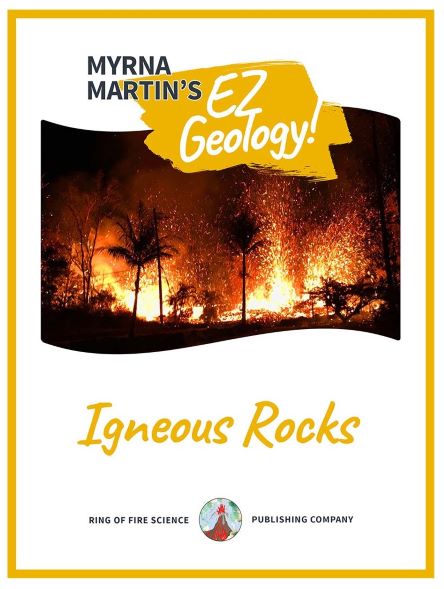 |
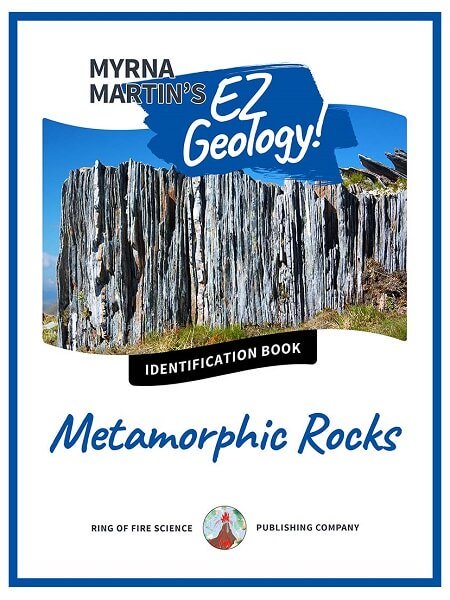 |
Check out Myrna Martin's award winning textbooks, e-books, videos and rock sets. The Kids Fun Science Bookstore covers a wide range of earth science topics. Click here to browse.
Sign up to our monthly newsletter and receive our FREE eBook containing 3 fun activities that don’t appear in any of our other books!
The Kids Fun Science monthly newsletter will include the following: current events, weird and fantastic facts, a question of the month, science trivia and the latest new content from our website.
We respect your privacy and you can be assured that we will never share your email address or use it for any other purpose than to send you our newsletter.


